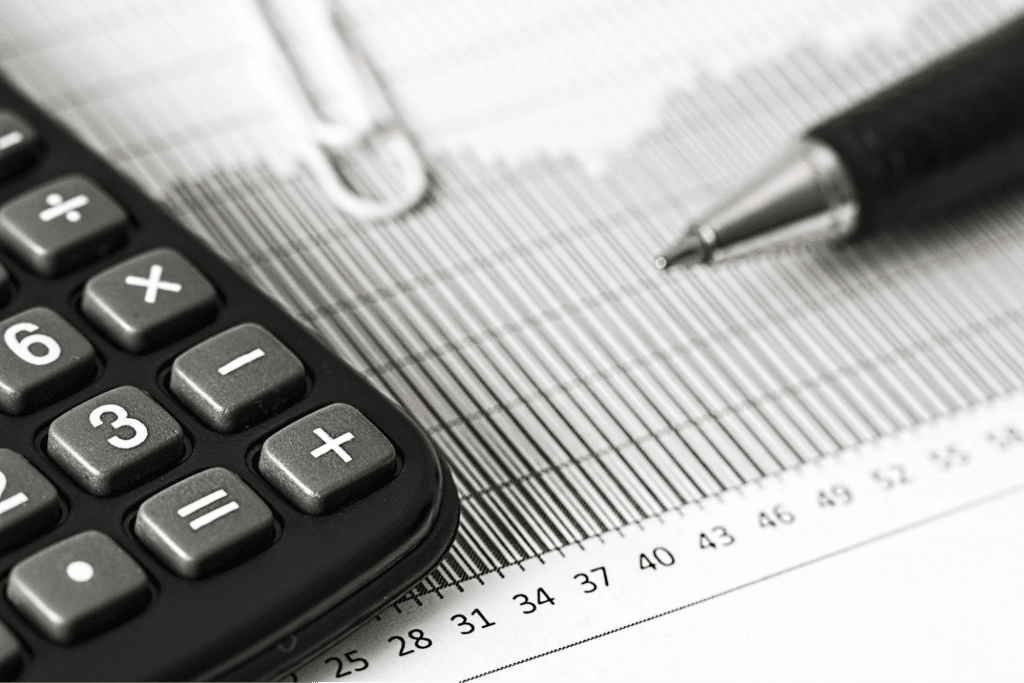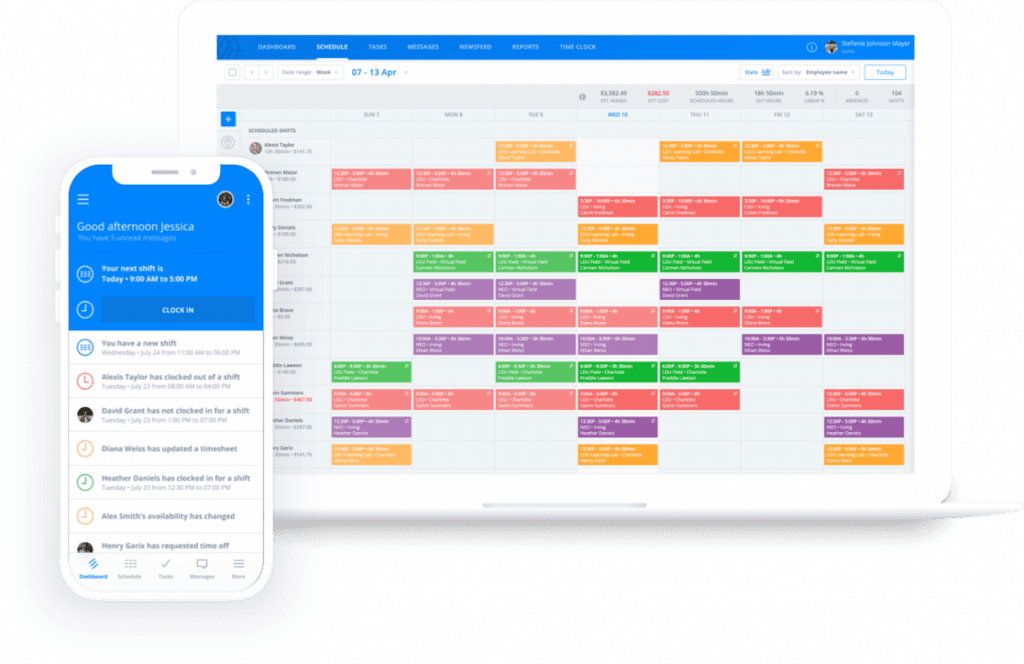Contribution Margin Ratio: What It Is And How To Calculate It
Contribution margin ratio is one of the most important business terms every man...

Looking for a way to increase profits, get control of expenses, and keep your bottom line in the black? The solution is simple: Calculate your restaurant’s food cost percentage.
In this article, we take an in-depth look at why this food cost number matters for your restaurant, how to calculate it, and the best way to optimize for success.
At its most basic, food cost percentage is the total cost of the ingredients your restaurant uses to create each menu item compared to the total food sales over a specific period of time (e.g., one week).
The easiest, and most common, way to look at this important metric is as a ratio:
Total Cost Of Ingredients / Total Food Sales
Once calculated, this ratio results in a decimal number you can round off to two places and multiply by 100 to produce a percentage (e.g., 0.26 x 100 = 26%).
If that percentage is positive (which it should be in the majority of cases), it tells you how much profit you’re making on your food above the cost you paid for all the ingredients.
If that percentage is negative, it tells you that you are drastically undercharging for your food and, basically, giving it away for free. Even if your food cost percentage is in the single digits, you always want it to be positive instead of negative.

For most full-service casual and fast casual restaurants, 28-32% (0.28-0.32) is a good food cost percentage.
That said, the ratio that is right for your restaurant may be completely different from the ratio that is right for another restaurant. “Good” depends on the type of food served, the costs of operating the restaurant, and a host of other variables.
If this is your first time incorporating these numbers into the way your restaurant works, set a goal to fall between 28% and 32% and then tweak things in your operation to push the percentage up or drop it down.

Before you can figure out your actual food cost percentage, you need to do some preparatory work to find out how much your business spends on food and how much it uses every week.
For more information on inventory procedures for all types of businesses, check out these articles from the Sling blog:
Step One: Take inventory of all the food supplies you received at the start of the week. Calculate a total dollar amount spent for each type of food (e.g., chicken, fish, beef, carrots, onions, lettuce, etc.).
Step Two: Add up all the numbers from step one to arrive at the total food cost for the week. This will be your Beginning Inventory.
Step Three: Note any food Purchases you make after taking inventory.
Step Four: Take inventory at the beginning of the following week using the same process you used in step one. This will be your Ending Inventory.
Step Five: Determine total food sales per shift using your POS system and then add all those sales together into one big number. This will be your Total Food Sales.
Step Six: Calculate actual food cost percentage using the following formula:
Actual Food Cost Percentage = (Beginning Inventory + Purchases – Ending Inventory) / Total Food Sales
Let’s conduct some calculations using an example and some hypothetical numbers.
Plugging those numbers into the equation, we get:
Actual Food Cost Percentage = ($20,000 + $5,000 – $21,000) / $15,000
Actual Food Cost Percentage = $4,000 / $15,000
Actual Food Cost Percentage = 0.27
This tells you that you are making 27% (0.27 x 100) above your total food cost.
You could also perform this calculation for each menu item (e.g., pepperoni pizza, Caesar salad, spaghetti with meat sauce, etc.) and even each food item (e.g., chick, fish, beef, carrots, onions, lettuce, flour, sugar, etc.) if you wanted to gain more insight into your food costs.

Raising your menu pricing — even just a few cents — can have a dramatic effect on your food cost percentage.
It may not seem like much at first, but when you multiply those few cents by the number of items you sell in a shift, in a day, and in a week, it’s easy to see how a small bump in prices can evolve into bigger profits for your business.
For more information on getting the most from your menu, check out this article from the Sling blog: Restaurant Menu Pricing: 7 Tips To Maximize Profitability.
Menu engineering is the process of evaluating menu pricing and item placement in order to increase food cost percentage across the board.
The process is one part psychology and one part graphic design. These two variables combine in such a way as to guide your customers’ decision-making process and ensure that they select the most profitable items on your menu.
Want to investigate menu engineering in more detail? Take a few minutes to read this article from the Sling blog: Menu Engineering: What It Is And How It Can Increase Profits.
For a New-England-based restaurant, serving a tomato-based or zucchini-based dish (for example) in the late summer is the perfect mix of timing and ingredients.
This veg is in full bloom and available everywhere you look. Because they’re so plentiful, you can get them cheap and in large quantities — neighbors may even give them away because they have so many.
Come mid-winter, though, the local supply has run out. Continuing to serve the tomato or zucchini dish means the produce has to be shipped in from a warmer climate. It also means that the price you pay for that veg goes up and your food cost percentage goes down.
You can avoid this rise in price by adapting your menu with the seasons, buying locally, and using ingredients that are plentiful where you live.
For a week or two, keep an eye on the dishes you serve. Are certain ones coming back half-eaten or carted away in to-go boxes?
If so, you may want to consider reducing portion size until there’s little to no waste to throw away or leftovers to cart away. This will help you reduce the total cost you spend on food over that same period of time.

For restaurants, one of the largest expenses you’ll have to deal with is food cost percentage (itself a part of prime cost). The other major expense for most restaurants — and businesses of all types, actually — is the costs associated with labor and payroll.
Getting control of the materials side of your prime cost is largely about perfecting your menu and bringing order to your inventory system.
Labor and payroll, though, are a bit more difficult to handle. That’s where the Sling app comes in.
Sling’s labor costs feature gives you the ability to optimize your payroll as you schedule so that your spending doesn’t get out of control. You can set wages per employee or position and see how much each shift is going to cost.
Sling also helps you keep track of your labor budget and will alert you when you’re likely to exceed the numbers you’ve set. Sling will even notify you when you’re about to schedule someone into overtime so that you can make the necessary changes.
And that’s only one of Sling’s many features that will streamline and simplify the way you organize, manage, and optimize your workforce.
So get control of the costs in your business — including food costs percentage — with help from the Sling suite of cloud-based scheduling, time-tracking, communication, and task-management tools.
For more free resources to help you manage your business better, organize and schedule your team, and track and calculate labor costs, visit GetSling.com today.
See Here For Last Updated Dates: Link
This content is for informational purposes and is not intended as legal, tax, HR, or any other professional advice. Please contact an attorney or other professional for specific advice.
Schedule faster, communicate better, get things done.